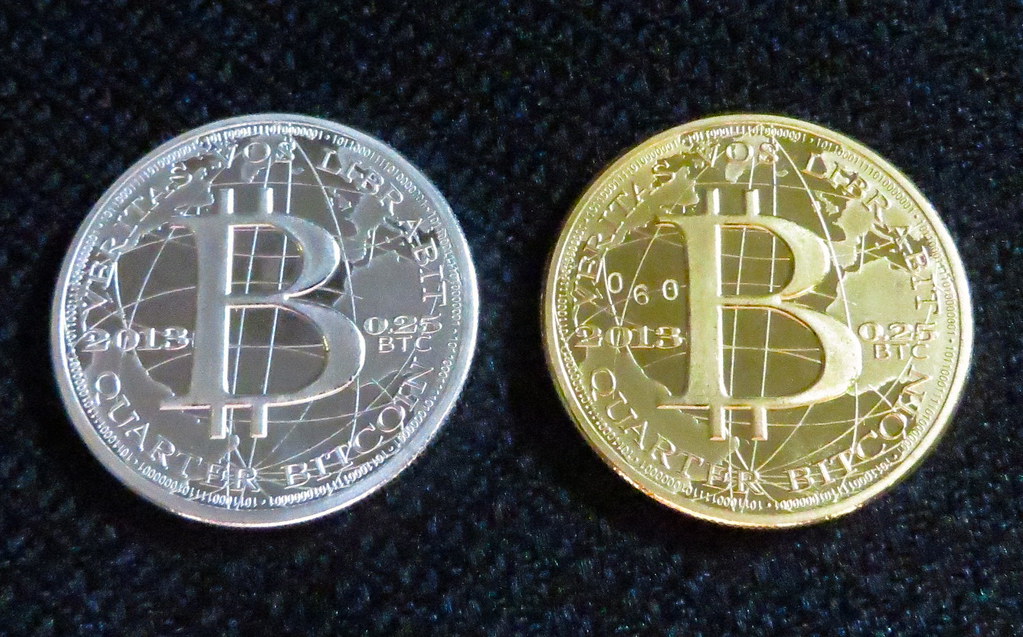Main Points:
- Bitcoin’s correlation with U.S. stocks and Ethereum is weakening, signaling increased independence as an asset class.
- 2024 data shows only 52% of Bitcoin and Nasdaq trading days moved in the same direction.
- Bitcoin achieved a historic high of $93,000 in November 2024, while Nasdaq experienced stagnation.
- Bitcoin’s 30-day correlation with Nasdaq dropped to 0.46, the lowest in five years.
- Similar trends are visible between Bitcoin and Ethereum, with their correlation dropping to 0.35.
- Analysts attribute these shifts to Bitcoin’s growing maturity and broader adoption.
Bitcoin’s Journey Toward Independence
Bitcoin (BTC), once synonymous with high volatility and a close correlation to risk-on assets like U.S. stocks, is carving out its path as an independent financial instrument. In 2024, Bitcoin’s behavior as an asset class has shifted notably, particularly its correlation with the Nasdaq Composite Index and Ethereum (ETH). These changes highlight Bitcoin’s transition into a more mature and autonomous asset.
The Current State of Bitcoin and U.S. Stocks
A Historical Perspective
Traditionally, Bitcoin mirrored risk-on assets, with its price movement tightly coupled to U.S. equities, particularly the tech-heavy Nasdaq. During periods of market optimism, both assets tended to rise, while in risk-off scenarios, they would fall together. This dynamic was especially evident in 2021 and 2022 when Bitcoin and Nasdaq moved almost in lockstep.
The Shift in 2024
Recent data paints a different picture. In 2024, Bitcoin and Nasdaq moved in the same direction only 52% of the time. Notably, after Donald Trump’s presidential victory in November, Bitcoin surged to $93,000, while Nasdaq showed signs of stagnation. This divergence is underscored by their 30-day correlation coefficient, which has fallen to 0.46, the lowest in five years. In September 2024, their correlation briefly turned negative, touching -0.50.
Insights from Volatility and Performance Metrics
Bitcoin’s Volatility
Bitcoin’s implied volatility over the past 30 days stands at 60%, a stark contrast to its 2021 levels, which exceeded 100%. This reduced volatility suggests that Bitcoin is gradually stabilizing as it becomes a more widely accepted asset.

Sharpe Ratio Comparisons
According to Fidelity data, Bitcoin outperforms other major asset classes in terms of risk-adjusted returns, as measured by the Sharpe ratio. This metric reinforces Bitcoin’s position as a valuable addition to diversified portfolios.
Bitcoin vs. Ethereum: A Weakening Bond
Bitcoin and Ethereum, the two largest cryptocurrencies by market capitalization, have also experienced a decoupling. Historically, their price movements exhibited a strong correlation, especially during market rallies. However, in 2024, their 30-day correlation dropped to 0.35, the second-lowest level since 2019.
Factors Behind the Decoupling
The decoupling can be attributed to their evolving use cases and investor bases. Bitcoin continues to gain recognition as a store of value and a hedge against macroeconomic uncertainties. In contrast, Ethereum’s utility as the backbone of decentralized finance (DeFi) and non-fungible tokens (NFTs) drives its unique market dynamics.
Broader Implications for the Cryptocurrency Market
Bitcoin’s Growing Maturity
As Bitcoin matures, it is increasingly viewed as a distinct asset class rather than a speculative instrument. Its independence from traditional markets and other cryptocurrencies suggests that Bitcoin is transitioning into a macroeconomic hedge, akin to gold.
Market-Wide Growth
The cryptocurrency market as a whole has flourished, with its total market capitalization surpassing $3.25 trillion in 2024. This growth underscores the increasing adoption and acceptance of digital assets across various sectors.
Recent Trends and Additional Insights
Political Influence on Bitcoin
Bitcoin’s rise to $93,000 coincided with Donald Trump’s re-election, which brought renewed interest in cryptocurrencies as a potential hedge against political and economic uncertainty. This development further highlights Bitcoin’s detachment from traditional market drivers.
Institutional Interest
Institutional investors continue to play a pivotal role in Bitcoin’s ascent. The launch of spot Bitcoin ETFs and increased holdings by major financial institutions have cemented Bitcoin’s position as a mainstream investment vehicle.
The Future of Bitcoin’s Independence
The weakening correlations between Bitcoin, U.S. stocks, and Ethereum signal a pivotal moment in the cryptocurrency’s evolution. As Bitcoin gains recognition as a standalone asset, its behavior will likely diverge further from traditional markets and other cryptocurrencies. This independence, coupled with its robust performance metrics, positions Bitcoin as a key player in the global financial landscape.


